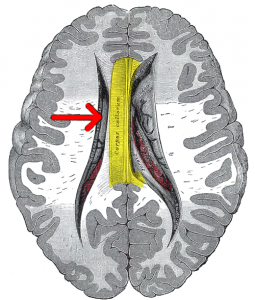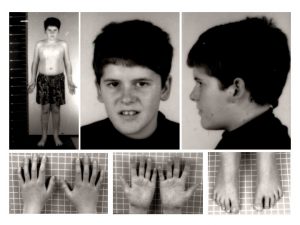Ragged, calloused fingers danced across the damp ivory keys of the slightly out-of-tune instrument. A nocturne echoed, howling across the room, as the fear of failure kept his teary eyes glued upon the page. A metaphorical chain shackling him to the traditional device of torture twisted deep into the flesh of his aching wrists. A slave to the music. Broken, tired, and hungry. Those dark and terrible years would haunt him for the rest of his life.
As soon as I could walk, I was forced to play the piano. The daunting task of rehearsing the same piece for hours enraged my heart as a child, and when I asked my mom “why?” she always replied with “you’ll appreciate it when you’re older.” After 14 years of slaving away on that wretched instrument, along with having symptoms of carpal tunnel syndrome, I realized, maybe she was right. I was privileged to have an opportunity that she hadn’t had when she grew up and it allowed me to appreciate music further as well as learn other instruments with ease. But beyond this, I questioned, “in what other ways did I benefit from playing an instrument?” As a kid, I remember overhearing how playing piano had some correlation between being better at math, and although this seemed crazy, it led me to ponder the effects that playing instruments had on the brain.
How does playing an instrument affect the brain?
Today, the study of the brain is conducted by monitoring participants as they complete tasks such as reading or mathematical equations. Neuroscientists have found, that in doing such specific areas of the brain were activated. When monitoring the activation as participants listened to music, they found multiple areas across the brain firing all at once which differed from other activities. Moreover, when playing a musical instrument nearly the entire brain was stimulated.
How does this transfer over to things outside of music?
Just as working out makes a person stronger, practicing an instrument is found to strengthen the brain functions used. For example, since studies show that there are common mechanisms used when playing an instrument and reading, it can be said that music can be used to promote child literacy. Similar suggestions from other studies can also be said for playing an instrument with linguistics and mathematics. These benefits, even when done as a child, were retained all the way into adulthood. Furthermore, the act of playing an instrument utilizes both sides of the brain. In doing so, musicians are found to have increased volume and activity in the brain’s corpus callosum, which is what links the two sides together. This means that the brain has an easier time sending messages from one side to another, which could be beneficial as each side focuses on different processes. The TED-ED video below goes into further detail on the topic.
So, in the unfortunate case that I end up with a child, I’ll probably get them to learn an instrument at a young age, and if they ask why, I’ll tell them “You’ll appreciate it when you’re older.”
-Nelson Bulaun




